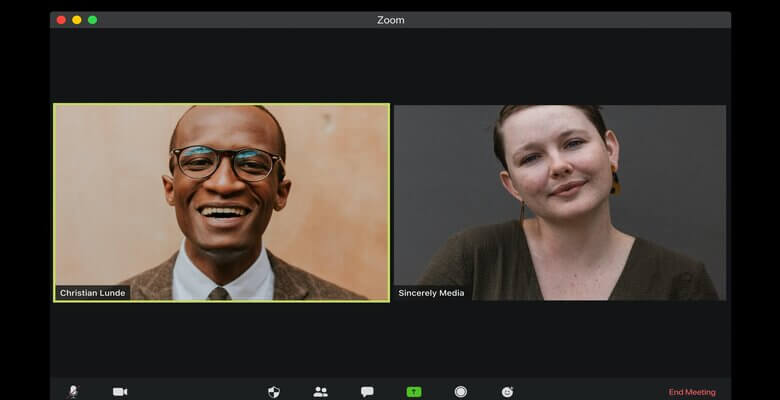By
Vicki Brackett
|
Date Published: April 25, 2022 - Last Updated June 05, 2022
|
Comments
 Employee engagement is critical in a virtual/work-at-home environment. Great employee engagement means greater performance and accountability, but some leaders in the work-at-home space continue to struggle with how to do this. New leadership strategies and skills, including employee engagement, need to be deliberately reengineered for the work-at-home environment.
Employee engagement is critical in a virtual/work-at-home environment. Great employee engagement means greater performance and accountability, but some leaders in the work-at-home space continue to struggle with how to do this. New leadership strategies and skills, including employee engagement, need to be deliberately reengineered for the work-at-home environment.
The first step is acknowledgment. Employees need to hear that their leaders understand they aren’t meeting the engagement level that employees need in a work-at-home environment. Employees aren’t expecting leadership to be perfect, but they are looking for transparency and honesty. It’s okay if leaders don’t have all the answers. The amount of honesty and transparency is from the employee’s perspective, not leadership’s.
Remember, perception is reality. Acknowledging what the employees are feeling is the first step.
The second step is to realize that “the people know the answer.” Employees know what they need and want—so ask them. Get personal with your employees. Have organizational meetings where each team delegates someone to bring their ideas to a focus group. Post all the ideas on a virtual discussion board, highlighting the top ideas that the focus group feels are the most important. Employees understand that companies can’t do everything they suggest, but acknowledging the ideas is important.
This demonstrates that leadership is listening. Now you have the attention of the entire employee base.
The third step is to let the employees cultivate a few of those ideas and utilize a “pilot program” to see how well the employees think the idea works. Numbers are a good way to see if their ideas are working, so have them measure their success. Include a once-a-week survey or utilize a discussion board for comments on the pilot program. When employees own the process, they own the outcome.
Don’t underestimate your employees. Remember, the people know the answer—so ask them.
The fourth step is communication feedback loops. Communicate everything so rumors don’t start. Communicate both the positive and negative. Communicate the “why.” Communicate multiple times a day using multiple channels. This may seem like a huge amount of communication, but people tend to gravitate to the channel of their choice. Make it easy for them to get information on their favorite channel and then assimilate the information, voice their opinion on the information, and offer more suggestions. After all, isn’t this the same communication feedback loop that you would have in a brick-and-mortar environment?
Utilizing consistent communication feedback loops will build the trust of the employees, and they will be more engaged.
The fifth step is to utilize more videos when communicating with employees throughout your organization. Try sharing these videos with supporting departments. This way everyone can get excited and know what’s going on. This can cause a chain reaction of excitement and engagement throughout your organization.
Yes, this all takes time. But leaders either will spend the time by being strategic on the front end and making deliberate decisions on how to engage employees or by doing damage control—more performance management, more verbal and written warnings, more schedule changes, and more missed KPIs.
Companies are attempting to apply brick-and-mortar leadership strategies and skills to the work-at-home environment, but these don’t transpose cleanly from one environment to the next. How leaders talk with, coach, and engage with employees, and how employees interact in their new work environment all have to be reengineered.